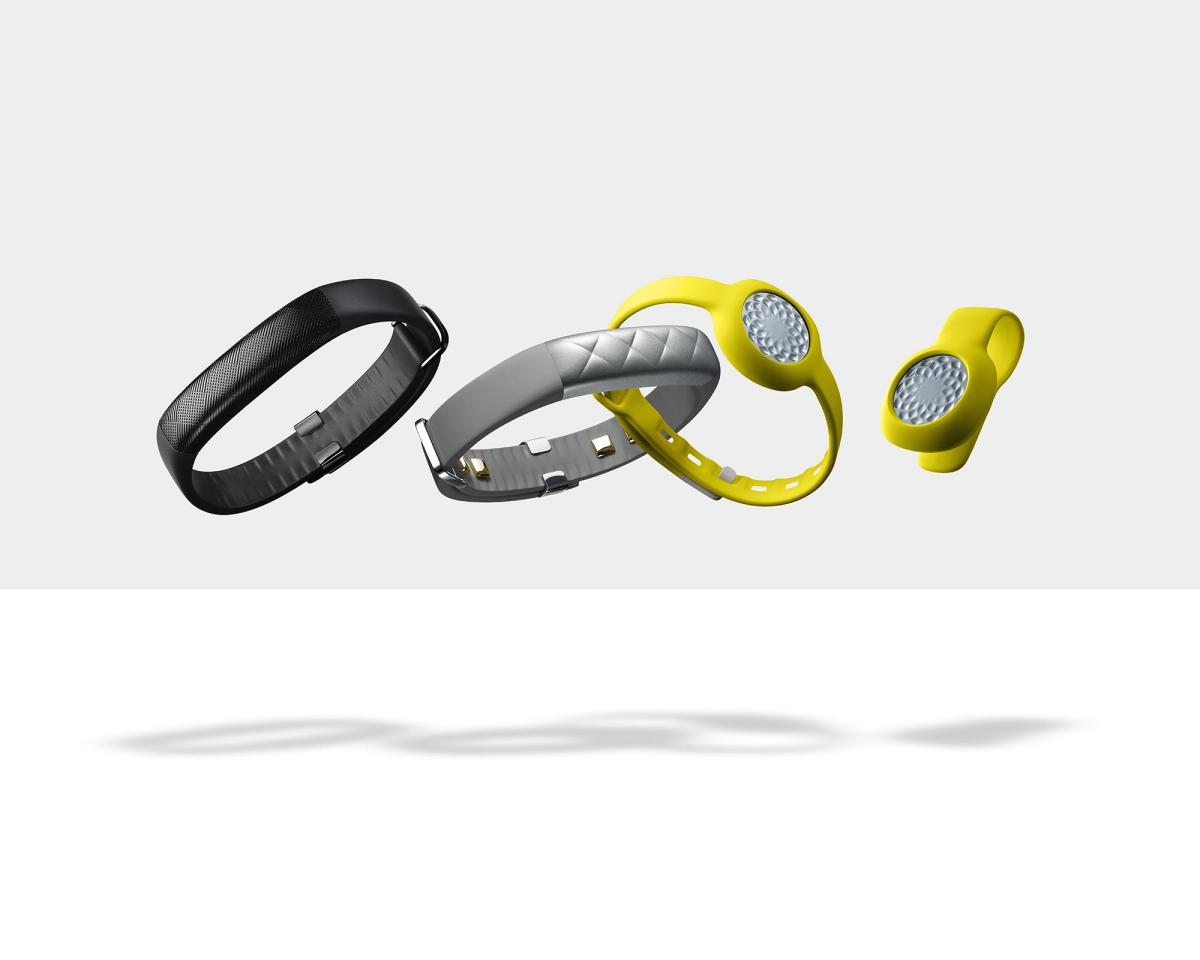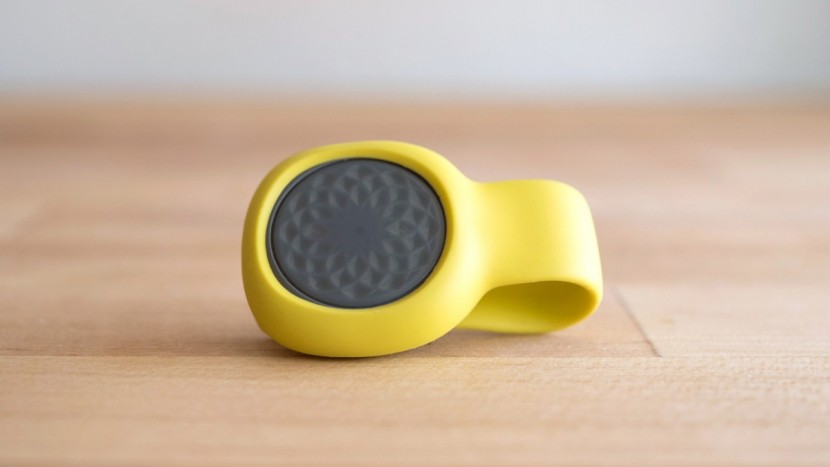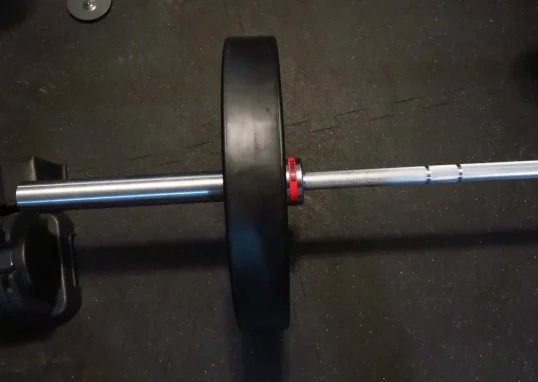Jawbone UP Move: A Retrospective on Simple Activity Tracking

The rise of wearable technology brought a wave of devices aimed at encouraging physical activity in an increasingly sedentary world. Among the early entry-level options was the Jawbone UP Move, a wireless activity tracker designed to help users monitor their daily movements, sleep patterns, and general habits with an emphasis on simplicity. It sought to make users more aware of their activity levels, often benchmarked against a common goal like 10,000 steps per day.
Core Design and Components
The UP Move itself is a compact, disc-shaped unit, just over an inch in diameter and about a third of an inch thick. A significant portion of its internal space was dedicated to a replaceable coin cell battery, which at the time offered an estimated lifespan of over four months. This battery design meant the device, while water-resistant enough for everyday splashes, was not intended for submersion and typically needed to be removed for activities like showering.

For wear, the tracker could be inserted into an included clip—often available in various colors—or an optional wristband (strap), which was sold separately. The package typically included the UP Move device, the clip, a battery, and a battery installation tool, along with instructions for downloading the companion mobile application.
Device Operation and Interface
Utilizing an internal accelerometer, the UP Move translated movement into metrics such as steps taken, distance covered, and periods of inactivity. Its on-device interface was notably minimalist and designed for ease of use. Different sequences of presses on the disc’s face allowed users to cycle through a display of daily step progress towards a set goal, a simple clock display, initiate a stopwatch function for specific activities, and toggle between daytime (activity tracking) and nighttime (sleep tracking) modes. This operational simplicity was a key aspect of its user appeal.
The Companion App
Data from the UP Move synced via Bluetooth to a companion UP app, which was available for both iOS and Android smartphones. The app was generally recognized for its colorful, intuitive design. It presented activity and sleep information in easy-to-understand graphs, tabulated trends over time, and offered general health tips and “coaching” prompts. The setup process and ongoing Bluetooth syncing were designed to be seamless for users with compatible devices.
Key Tracking Functions
The UP Move excelled at passive activity and sleep tracking. Step counting was largely accurate and required minimal user intervention. When worn with the optional wristband, its sleep monitoring capabilities were a standout feature for a device in its class. It could distinguish between “sound” (deep) and “light” sleep phases and accurately log periods of wakefulness. This detailed sleep data proved valuable for users looking to understand and potentially improve their sleep habits.
Manual Tracking Limitations
Where the UP Move showed its entry-level nature was in the tracking of nutrition and specific non-step-based exercises, such as weightlifting or cycling. These activities required manual input through the app. Users needed to log food items consumed and self-report workout type, duration (often in conjunction with the device’s stopwatch function), and perceived intensity level. The app would then attempt to translate these logged workouts into an equivalent step count. This manual approach could be cumbersome for some users and distinguished the UP Move from more advanced fitness trackers that later offered automatic activity recognition or integrated biometric sensors like heart rate monitors.
Another minor point of friction for some was that informational links or “coaching” tips within the app would occasionally direct the user to an external web browser to view content on Jawbone’s website, rather than housing all information natively.
Aesthetic Considerations
Stylistically, the UP Move reflected its budget-friendly positioning. The disc itself, when its LED display was unlit, had a simple, somewhat plastic appearance. The optional wristband, while functional, comfortable, and durable, also had a basic design. The standard clip offered a more discreet way to wear the device, easily attached to clothing.

Target Audience and Value Proposition
The Jawbone UP Move was primarily aimed at individuals new to activity tracking or those seeking a straightforward, affordable device to gain basic insights into their daily activity levels and sleep patterns. Its ease of use, long battery life, and reliable core tracking made it an attractive option for this demographic. However, users desiring comprehensive fitness analytics, automatic or detailed workout tracking, or advanced biometric data would likely find its capabilities limited compared to more premium alternatives that emerged.
Conclusion
For its time, the Jawbone UP Move offered a compelling value proposition in the burgeoning fitness tracker market. It provided core activity and sleep tracking in an accessible, affordable, and user-friendly package. While technologically surpassed by later generations of more sophisticated wearables, it played a significant role in popularizing daily activity monitoring for a broad audience. Its emphasis on simplicity, core functionality, and ease of entry helped many users take their first steps toward a more quantified understanding of their daily habits.
Author
Related Posts

DMoose Bumper Plates: A Solid Choice for Home Gym Strength Training
For enthusiasts building out a home or garage gym focused on functional fitness and weightlifting, quality bumper plates are a foundational investment....
Read out all
Perfect Fitness Rip Deck System: Versatile Bodyweight Training Reimagined
Fitness enthusiasts often encounter the “competency trap”—adhering to familiar exercises despite knowing that varied training can yield better results. The Perfect Fitness...
Read out all